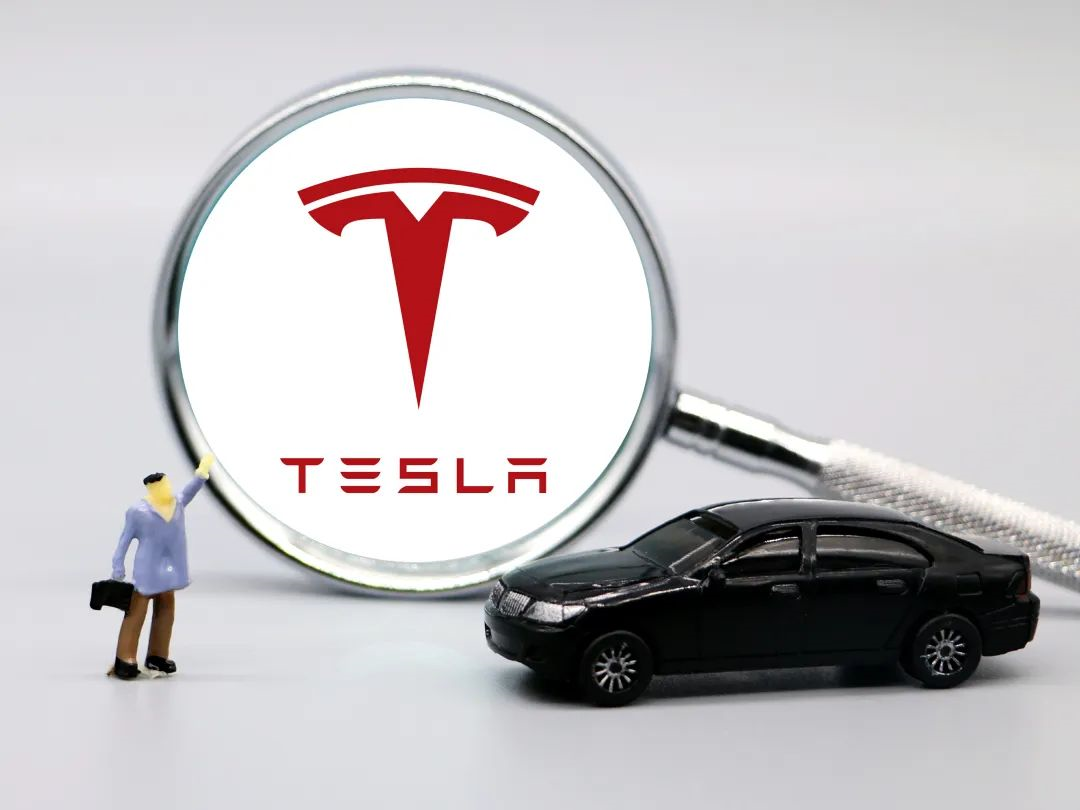This article is authorized reproduced from Chuxing Yike (WeChat official account ID: carcaijing), created by the Transportation Industry Group of Caijing Magazine, written by Jingyi Wang, Huaiyi Guo, Yu Guo, Xiying Li, and Wei Shao, edited by Xiying Li and Zhiliang Shi.
Tesla and China actually complement and promote each other in the new energy industry. The investment and commercial experiences of this star industry innovation company in China should be carefully considered by more multinational corporations, and it has provided important insights for the global collaboration of Chinese companies.
In the eyes of 1,000 people, there are 1,000 Teslas.
To fans, Tesla is cool and a symbol of technology and fashion. Even as it increasingly becomes a street car or even a ride-hailing car in Beijing, Shanghai, Guangzhou, and Shenzhen, the brand halo of Tesla as an innovative representative of new energy vehicles has not disappeared.
The evaluation by employees is polarized. Some people feel the value shock here, “Indeed, there is a sense of mission to promote industry change and improve the earth environment.” Some people can’t stand the hardship of work, “After the six-month probationary period, you will be a veteran. I still have palpitations when I think of those days.”
In the eyes of new energy start-up automakers, Tesla is undoubtedly a pioneer and a benchmark, paving the way for later generations in terms of consumer education and industry chain cultivation. However, young companies have already realized that copying is meaningless, and it is time to go their own way.
Enlighten the Chinese Electric Vehicle Consumer Market
Not a catfish, not a shark, but a pioneer player who makes the market accept electric vehicles.
“Without financial subsidies and license plate quotas, nobody wants to buy it.” Over the past few years, Mr. Zhang, who lives in Shanghai, has been continuously pessimistic about electric vehicles. As a car enthusiast in his fifties, he always feels that electric cars are not enjoyable to drive: batteries are expensive, charging is difficult, and they require frequent care, which only adds to the trouble.
Today, with the rising oil prices and the increasing number of charging piles in residential areas and the increasingly common sight of Tesla vehicles on the streets, until one day, an old friend invited him to test drive his new Tesla Model 3: fast acceleration, large screen, and the assisted driving on elevated highways can relax feet. He became a fan and said, “I only buy Tesla electric cars.”
The characteristic of fast motor acceleration struck the hearts of car enthusiasts. “When I just picked up the car, if I saw a Mercedes-Benz, BMW, or Audi next to me when starting at a red light, I would want to see who was faster.” Qian Wei, who lives in Beijing, purchased a Tesla Model 3 in 2021. As a performance control enthusiast, he always wants to “bounce” a little, and the result has always been satisfying.
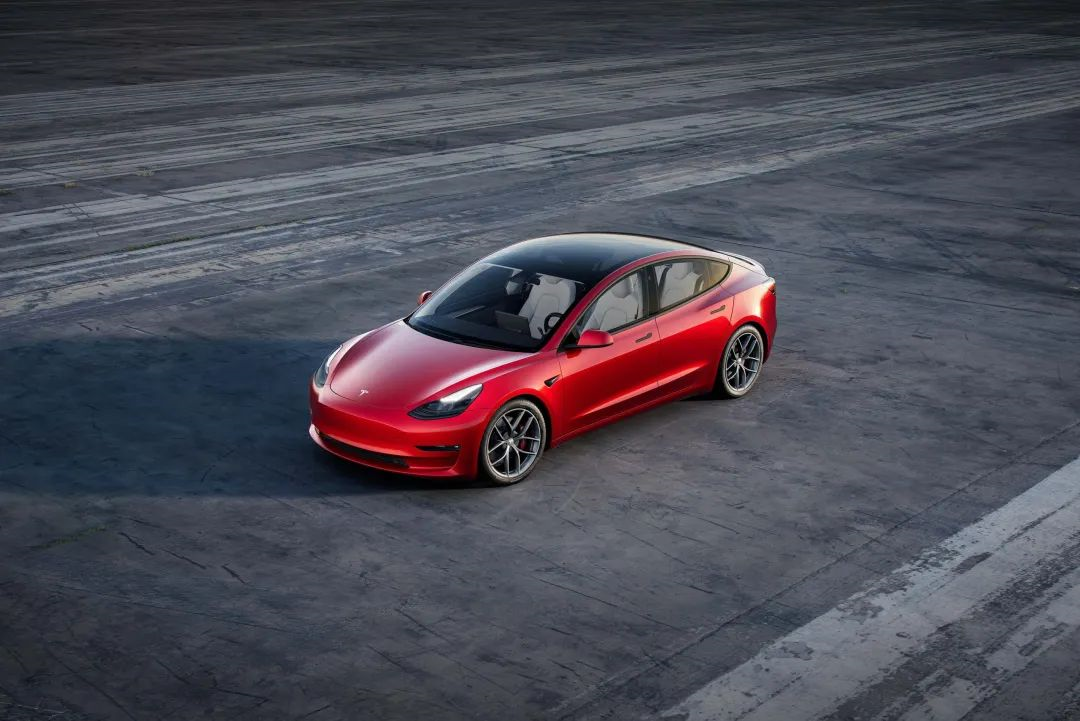 Media person Xu Yifei is a geek who has all the air conditioners, electric lights, and curtains in his house connected to the internet for remote control. He believes that Tesla is like Apple, transforming cars from functional to intelligent. “Cars can be upgraded via OTA like phones and become more and more user-friendly.”
Media person Xu Yifei is a geek who has all the air conditioners, electric lights, and curtains in his house connected to the internet for remote control. He believes that Tesla is like Apple, transforming cars from functional to intelligent. “Cars can be upgraded via OTA like phones and become more and more user-friendly.”
Some people view Tesla as a social currency. Zhou Shaozhe, a Shanghai Tesla fan and one of the first batch of Model 3 import consumers, demonstrated remote vehicle control to reporters from “Finance” magazine, moving the car from the parking space to the corridor. He actively invited friends to experience the autopilot function and recommended more than ten friends to buy Tesla cars within a year, receiving rewards including wheels, conference tickets, car models, and even a children’s version of the same Tesla car valued at 5,000 yuan.
These early Tesla enthusiasts, who are interested in technology and fashion and like to try new things, are mostly trendsetters in their social circles. When they demonstrate Tesla to their friends, they inadvertently promote the understanding of new energy vehicles and intelligent driving in their surroundings.
“Without the constraints of traditional automobile concepts and asset stock, Tesla has reshaped cars from typical mechanical products to high-tech, software-defined intelligent connected products,” said Chen Qingtai, Chairman of the China EV 100, and former Secretary of the Party Group of the State Council Development Research Center, in an interview with “Finance.” He said that Tesla has the ability to self-evolve, transforming it from a “dead thing” that “becomes obsolete as soon as it’s bought” to a “new species” that can constantly evolve.
Not only have consumers’ concepts changed, but also a market manager of a mall told “Finance” that when Tesla staff first promoted the construction of charging piles in the parking lot, they were filled with complaints, feeling troublesome and worried about safety. However, after studying the car owner profile, they found that they are high-quality consumers that the mall wants. The effect was indeed good. Many car owners were attracted to park and consume, and some businesses even gave Tesla owners exclusive coupons.
As more and more consumers recognize electric vehicles and the localized Tesla prices gradually decrease, Tesla’s sales have skyrocketed. In the four most financially capable cities in China, Beijing, Shanghai, Guangzhou, and Shenzhen, Tesla has beaten traditional luxury car brands such as Mercedes-Benz, BMW, and Audi, and continues to dominate the market.
According to data on insured vehicles provided by the China Automobile Finance and Resale Research Committee to “Finance” reporters, in the first half of 2022, Tesla’s Model Y dominated the sales of luxury SUVs in the four first-tier cities. In Shanghai and Shenzhen, Tesla’s Model 3 also topped the list of luxury sedans, including both new energy and fuel vehicles.The data from the National Passenger Vehicle Market Information Joint Conference showed that in 2020, Tesla Model 3 ranked first in the sales of new energy vehicles with a score of 130,000. In 2021, Model Y surpassed Model 3 with a score of 160,000, and surpassed traditional luxury SUV products such as BMW X3, Audi Q5L, and Mercedes-Benz GLC to take the top spot in the luxury SUV retail list.
Regarding Tesla’s strong momentum, Cui Dongshu, Secretary-General of the Joint Conference, analyzed to the “Economic Life” reporter that first-tier cities’ car purchase restrictions made consumers tend to choose electric vehicles; local residents have strong purchasing power and naturally prefer high-end models, especially industry leaders.
Looking at the global market, especially the US market, Tesla has been eating into the market of traditional luxury cars. This trend has also begun to appear in the Chinese market in recent years. “As soon as Tesla Model 3 was launched, the sales of Shanghai Mercedes-Benz C-class cars obviously declined,” Sun Shaojun, the founder of the car sales and service platform “Che Fans”, told “Economic Life” reporters after research that many existing potential customers of Mercedes-Benz C-class have given up and turned to choose Model 3.
With Tesla gradually popularizing, more and more consumers have experienced and felt the fast motor acceleration and more cost-effective charging. Car manufacturers have finally snatched away consumers’ attention from the square inch of mobile phone screens. Intelligent assisted driving can make people more relaxed. To what extent has Tesla activated China’s new energy vehicle market? Has it become a “catfish” that stirs up market vitality?
“It is not the ‘catfish effect’, but the leading role.” Xu Haidong, deputy chief engineer of the China Association of Automobile Manufacturers, analyzed to “Economic Life” reporters that Tesla has seized the entry-level market for traditional luxury cars and opened up China’s new energy B-level car market. In the high-end new energy vehicle market, Tesla has become the core driving force for market growth.
Tesla is a good example, but Chinese competitors now want to surpass it. They follow, but do not walk in the same path. Whether it is OTA or lidar, Chinese new energy companies are striving for excellence. In April 2014, 43-year-old Musk came to China for the first time and delivered the keys to the first eight Chinese Model S owners in Beijing. These eight car owners are all corporate executives, including Li Xiang, the CEO of Autohome, and Yin Xidi, the chairman of Lifan Football Club, who are related to the automotive industry. At that time, China’s electric vehicle industry was still in its early stages. In the middle of that year, XPeng Motors was established; in November, NIO was established; in December, Jia Yueting released LeTV’s car concept map on Weibo; in early the following year, WM Motor was established; in July 2015, Li Xiang, the first Chinese owner of Model S, also established Chehejia (formerly known as the Ideal Car).From design to manufacturing to marketing, Tesla has an irreplaceable leading role in the electric vehicle industry.
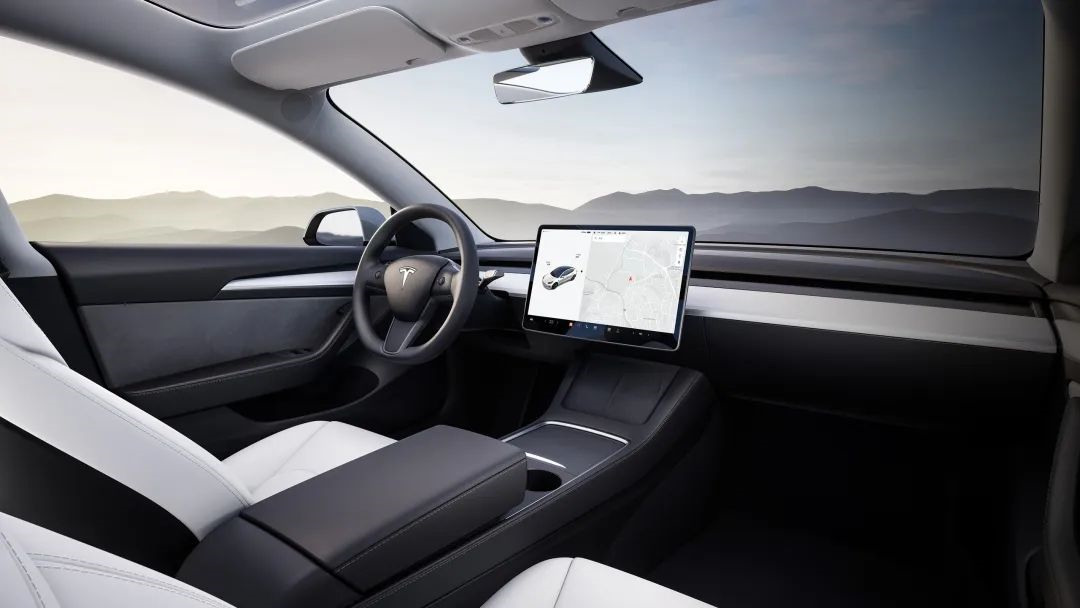
In the past, there were various physical buttons inside cars. However, Tesla concentrates most functions on the center console screen, creating a minimalist interior design style by removing most of the buttons and even the instrument panel. Although this design has been controversial since its release, the minimalist style has gained the love of many young people.
Both new car companies and traditional car companies have started to adopt the design of the center console screen. For example, the now-defunct startup company Byton Automobile received great attention with its innovative 48-inch horizontal screen. Similarly, the new brands IM Auto and Voyah Auto continue to improve their screens, making their large horizontal screens adjustable with different vehicle states to enhance the sense of technology.
OTA (Over-The-Air) is also a concept that Tesla pioneered in the automobile industry, allowing cars to break through the physical limits of traditional cars and theoretically evolve with OTA continuously. Behind this is Tesla’s breakaway from traditional distributed electric / electronic architectures and the adoption of centralized electric / electronic architectures, which enables whole-car OTA. Whether it’s repairing past problems or adding brand new features, the concept of “software-defined cars” is increasingly being accepted by more consumers.
In addition to consumers’ attention to new functions brought by each OTA, major car companies also pay close attention to them. A person in charge of a multinational automotive company’s China headquarters told a reporter from “Caijing”: “We record every OTA from Tesla because we hope to analyze some trends in Tesla’s technological development from their OTA.”
Peak innovation often comes from cross-border fields. Cai Shenjun, the general manager of Accenture Greater China’s Product Manufacturing Business Unit, told “Caijing” reporters that Musk comes from the IT industry. In his eyes, the launch of a product does not need to be perfect, as long as it can be iterated in an agile way. Traditional automakers who are accustomed to perfecting cars before launch cannot take the initiative to accept this idea. The correctness of quality, safety, and quality control is higher than the sky, and cannot tolerate errors and compromises.
OTA is not mysterious, but Musk creatively applies it to cars. In the past, patching Windows operating systems was also a kind of OTA, and iPhone upgrades were the same. In this regard, Tesla’s innovation is not unparalleled. But in Cai Shenjun’s opinion, Musk’s biggest characteristic is to break through the thinking pattern and creatively use solutions from other industries to solve fundamental problems.Tesla’s self-developed intelligent driving solution for software and hardware has become a benchmark for many cars with intelligent driving features, with phrases such as “stronger than Tesla” and “worse than XX Tesla” becoming common expressions.
The latest example is the integrated casting technology. After Model Y’s rear floor uses integrated casting technology, the previous 80 stamping and welded parts are integrated into one casting part. In Tesla’s view, this not only simplifies the production process but also reduces costs.
Founder of Li Jing Group, Liu Xiangshang, said that Li Jing Group and Tesla jointly created the giant press called Giga Press in over a year. “They come to ask us if this can be done or that can be done every once in a while. Every time they change something, our machines have to be adjusted accordingly.” Liu Xiangshang said that many domestic automakers have communicated with them about Giga Press, but most of them are still in the design stage. Some enterprises find it difficult to find automotive designers with the skills and talent of Tesla. Without the design, Li Jing Group cannot make corresponding machines.
Tesla has also reshaped the car sales model. Once upon a time, buying a car meant going to a suburban 4S shop. Behind each 4S shop is an independent dealer group. As long as the automaker produces the car, it can sell it to the dealer and complete the sales task. Therefore, the automaker does not directly face consumers and gives commissions to dealers based on sales performance. This leads to different prices in different shops, which forces consumers to compare prices from different shops.
In 2013, Tesla opened its first direct sales store in the well-known shopping mall Qiaofufang Grassland. It emphasized offline experience and online ordering, and unified prices nationwide. Subsequently, the mall + direct sales model flourished in the industry.
Tesla has been questioned. Pang Qinghua, the former chairman of Pangda Group, known as the “China Automotive Distribution Industry Godfather,” told the “Caijing” reporter that the direct sales model was more advantageous at the initial stage of Tesla’s entry. However, from a business logic point of view, large-scale all-in-one attempts that are disconnected from social division of labor will eventually not work well.
However, Tesla has persisted in direct sales and has led a new trend in the industry: exhibiting vehicles in the best locations in the core business district; staff are not salespeople but “product experts”, and they emphasize service experience through reception, leaving contact information, and scheduling test drives as evaluation; nationwide fixed prices, and transparent fees.
“Tesla is not service-oriented, but product-oriented.” Yang, co-founder of Indigo Culture Co., Ltd., analyzed to “Caijing” reporters that being product-oriented means having absolutely distinctive characteristics and providing consumers with delightful experiences. Such user operations are naturally more expensive to replicate, so few car companies follow its example.Elon Musk himself said in an interview with “The Economic Observer”: “If the product itself is strong enough, nothing else matters. I don’t like talking about marketing. It’s a bit false, and marketing tries to establish a connection between the product and what people crave.”
“In the eyes of Zhang Yu, the author of ‘Tesla, SpaceX and the Quest for a Fantastic Future’, Tesla has no pressure to redesign its products. Tesla’s product competitiveness is extremely strong, and the original design was forward-thinking enough to reserve a lot of hardware capabilities, making the product still relevant today. As long as the software is upgraded and the battery is replaced, it can still meet the market demand.
Tesla has an obvious driving effect on the industry, but Chinese car companies are not lagging behind.
10 years ago, Tesla was the pioneer of China’s new energy vehicle industry. 10 years later, BYD has surpassed Tesla and became the global champion of new energy vehicle sales.
“We cannot simply copy the playbooks of existing companies.” Tan Benhong, CEO of Aiways, told “The Economic Observer”: “We also researched Tesla. It has nearly 20 to 30 thousand users every month, most of whom do not agree with the car’s interior. But they have limited choices and tend to follow the crowd.” Aiways was jointly created by Changan Automotive, Huawei, and CATL in 2018, and its cars are priced at more than 300,000 yuan.
Differentiated competition is an inevitable choice. Tan Benhong believes that when a car model sells more than ten thousand units per month and the target audience has already been divided into many segments based on age and income level, market saturation occurs, and it is impossible to satisfy all consumer groups. This is where new brands have opportunities to convert consumers whose demands have not been met.
NIO has a similar strategy. In the view of Qin Lihong, co-founder and CEO of NIO, NIO wants to become the Apple of the automobile industry, not only with excellent products but also hardware, software, and services integration.
He told “The Economic Observer”: “In the past, due to the reason of pure import, Tesla’s price was relatively high, and there were many areas where NIO and Tesla were in fierce competition. Now Tesla and NIO users are getting farther and farther away, and the car price difference is about 150,000 to 160,000 yuan, crossing two to three sub-sectors. The average price of NIO is more than 400,000 yuan. It attracts existing Tesla users to switch to NIO.”
As the innovative diffusion stage develops, electric vehicles are no longer just toys for trendsetters. Tesla has educated the electric car consumer market well and has opened up broader development prospects for Chinese car companies.
“In the next few years, the smooth-sailing Tesla worldwide will face a tough battle in China,” Zhang Yu believes that just like Apple in the past, competitors in the Chinese market are not easy to deal with. Oppo, Vivo, Huawei, and Xiaomi all besieged the Bright Summit and split Apple’s market share. This scene will also be staged in China.## “Production Manufacturing is Tesla’s Greatest Advantage”
How successful traditional auto companies transform will affect Tesla’s halo effect, and market expectations for Tesla will gradually decline, and the perception of the capital market will also change. According to Cui Dongshu’s interview with “Finance” reporters, whether Tesla can maintain sustainable growth becomes crucial in this siege battle, and a duel has begun.
How grateful is Musk to the Shanghai factory? The latter solves his capacity hell. The Shanghai factory is positioned as an execution-type production factory with efficiency as its top priority and rapid production of cars as its most important goal, whereas the California factory is positioned as a research and development type assembly line.
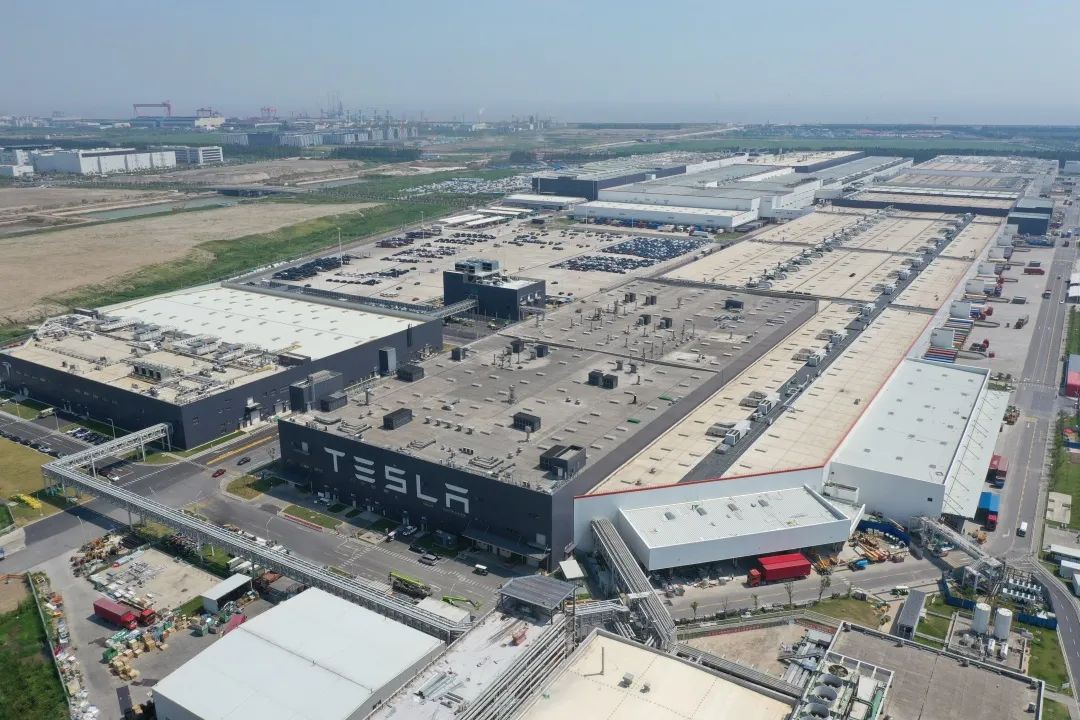
In 2015, Musk said in an interview with “Finance” reporters, “It’s good news that big automakers claim to make electric cars. I’m not worried about being affected. Do you know their production levels? It can be said that it is almost nonexistent… There are now 2 billion gasoline cars on the road. Even if 100% of new cars produced tomorrow are electric, it will take at least 20 years to show up on the highway.”
“I believe I know manufacturing better than any living person on Earth.” This is Musk’s judgment. In his view, production manufacturing is Tesla’s greatest advantage.
Musk’s words have data to prove it. From formal production to synchronous production and sales of over one million vehicles, Tesla’s Shanghai factory only took 35 months. Previously, the record holder was Beijing Hyundai, which took 63 months. The design annual production capacity of the Shanghai factory at the beginning of production was only 500,000 vehicles. By the second quarter of this year, production capacity has been increased to 750,000 vehicles, and some media reports that the actual annual production capacity has exceeded one million vehicles, ranking as one of the world’s largest factories in terms of output.
The Cadillac Jinqiao plant of SAIC-GM, which is also located in Shanghai, has a land area of 750,000 square meters, with a designed annual production capacity of only 160,000 vehicles, and a production capacity-to-land ratio of 0.21 vehicles/square meter. In comparison, Tesla’s Shanghai factory covers an area of 860,000 square meters, and the production capacity-to-land ratio is as high as 1.16 vehicles/square meter, which is five times that of the former.
“I think Tesla wants to be Ford of the electric car era: the product should be simple, less configuration, extensive coverage, cost reduction to the lowest, and price decrease, so that everyone can drive an electric car. At that time, Ford was making Model T cars, allowing everyone to afford a car, large scale, mass production, and reducing categories.” Qin Lihong commented to “Finance” reporters.
How to achieve this? Take Tesla’s well-known automotive integrated casting technology as an example.生产更易生产的汽车是特斯拉的生产理念。特斯拉前加州无人工厂项目负责人Allen Pan告诉《财经》记者:”一辆汽车需要数万个零件,但是如果我们把汽车所需要的零部件简化成10个,产能自然就上去了。”
马斯克表示,Model Y的后地板采用一体压铸技术后,原有的80个冲压焊接零件集成为1个铸件,实现40%的降本。中信证券在研报中指出,在2022年第一季度财报中,特斯拉汽车业务毛利率达到32.9%,整体毛利率为19.2%,均创历史新高,其中包括一体压铸技术带来的贡献。
目前,蔚来、小鹏、高合、大众、奔驰和沃尔沃均在进行一体压铸技术的前期研发,且大多数已决定推动将这一技术量产。
但在马斯克看来,生产工艺并不是最大的问题。”最难的是发现福特流水线生产方式并打造胭脂河工厂。”
马斯克所说的胭脂河工厂是福特汽车创始人亨利·福特为汽车生产模式树立的一座里程碑。这个面积有540个足球场那么大的工厂中,不仅有发动机、底盘和轮胎等各种零部件工厂,甚至还有发电厂和炼钢炉。原材料从一端进入工厂,经过流水线的生产加工变为一辆辆汽车。
“Allen Pan表示,马斯克心中的特斯拉工厂就像福特汽车时代的福特汽车一样。我们的目标是所有的原材料从一端进去,整车从另一端生产完成后出来。不过,有一点不同,特斯拉正在使用软件定义生产。”
“我们不像那些汽车企业那么巨大,从组织架构上来说我们就是一个小公司;和汽车的强工业化特征相比,我们更像一个科技创新型公司。我们无时无刻都在通过技术创新降低成本,探索新的造车卖车模式。”特斯拉时任全球执行副总裁Jerome Guillen在2014年7月向《财经》记者如此强调。
具体而言,特斯拉将自动驾驶中的感知、决策和控制概念引入到生产线中,每个工站都是一辆有自动驾驶功能的”汽车”,特斯拉内部称之为工作站控制(Station Control)。Allen Pan介绍说,软件定义硬件,硬件多功能、高集成地组合在一起,重新定义了生产方式。When the material control system of a factory detects that a certain component is missing, it promptly notifies the manufacturing execution system. The latter then arranges for workers or production equipment to skip the production step of that component, and waits for the appropriate time to resume production. Another example is the intelligent transformation of workstations, where production and quality inspection are carried out simultaneously. Any problems that are found are resolved immediately, rather than setting up additional quality inspection stations and rework stations at later stages.
Behind the software-defined production is a general-purpose AI. According to Allen Pan, this AI is not specific to a certain scenario: “If Musk’s other companies need it, it can also be used in those companies.” Like autonomous driving technology, general-purpose AI can also be continuously iterated to drive production lines and factories to iterate.
Although there have been mature “autonomous driving” production lines, those who have visited Tesla’s Shanghai factory have found that its level of automation and unmanned operation is not high. Some tasks that are mostly completed by machines are surprisingly completed by workers manually.
“When I was planning the Shanghai production line for Musk, I asked him this question, and he said it was not necessary,” Allen Pan said. The Shanghai factory is efficiency-oriented, and quickly producing cars is the most important goal. Its positioning is an execution-oriented production factory. In the California factory, the production line itself is a product and is positioned as a research and development-oriented production line. It is not only to complete the corresponding mass production tasks, but also to connect the R&D and production ends, and synchronize the product and production line iterations.
Just like the hot pursuit of Wuling’s mono-body casting technology by companies such as NIO, Tesla’s work station control program has also attracted attention. In 2021, Allen Pan founded his own start-up company Industrial Next, hoping to popularize this technology to more manufacturing companies. In June 2022, Industrial Next received $12 million in pre-A round financing, with investors including Xiaomi, which has announced making cars.
“The cornerstone of car companies is manufacturing, and without good manufacturing, it can be said that they lack a soul,” said Zhang Junyi, partner of AVC, to a reporter of “Caijing.” Tesla repeatedly emphasizes its manufacturing superiority, which has made many domestic car companies regain awareness: efficient manufacturing, user enterprises, and software-defined enterprises are all indispensable.
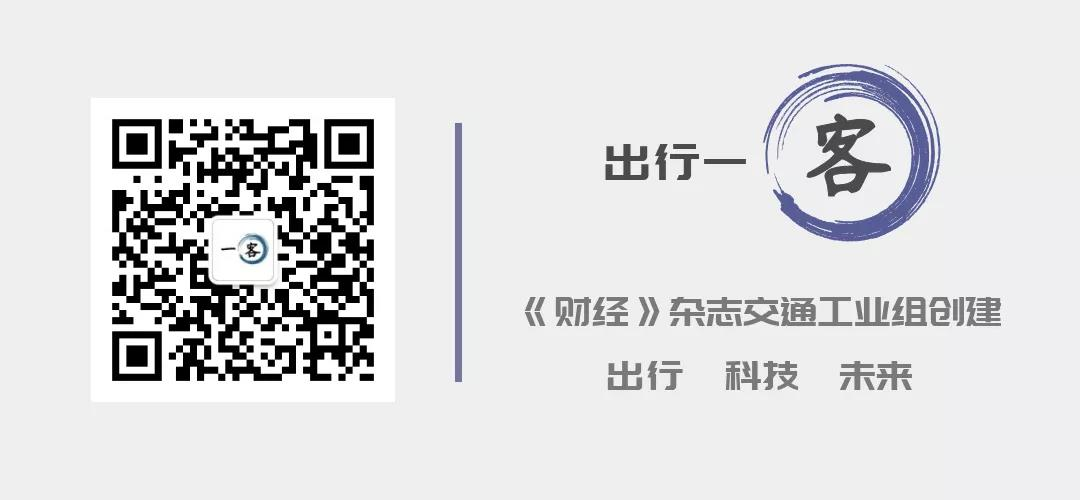
This article is a translation by ChatGPT of a Chinese report from 42HOW. If you have any questions about it, please email bd@42how.com.
